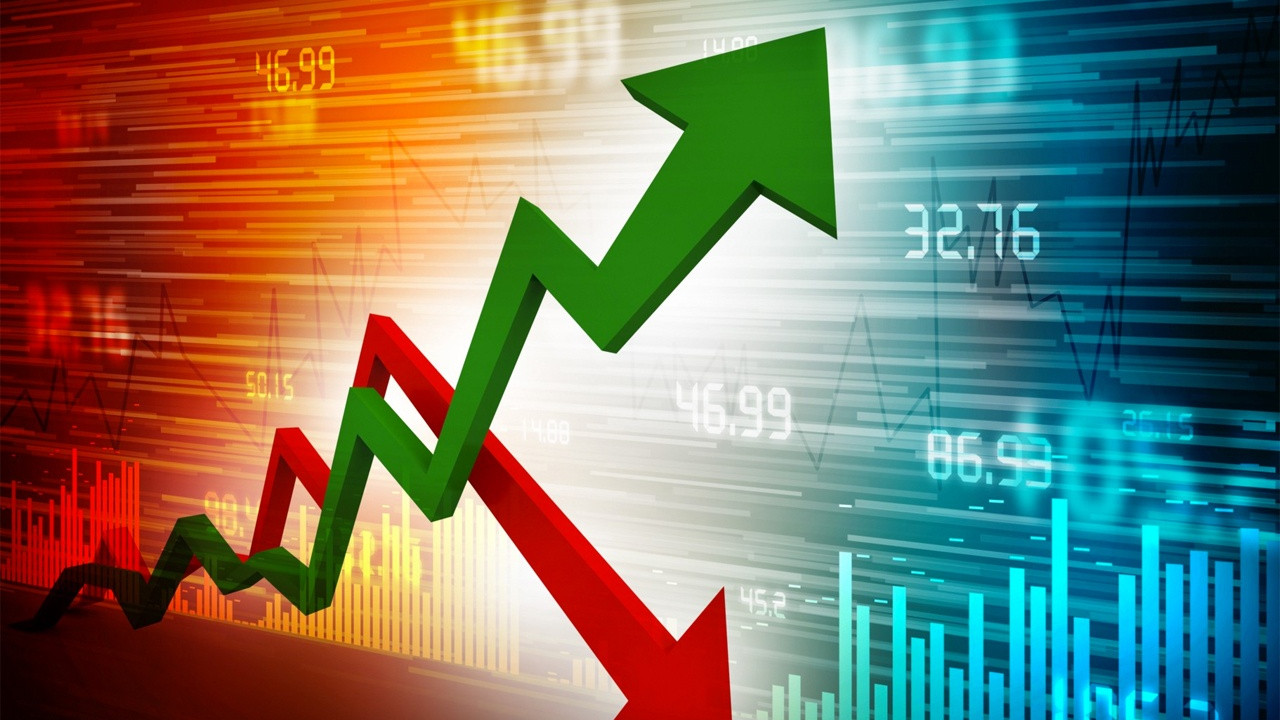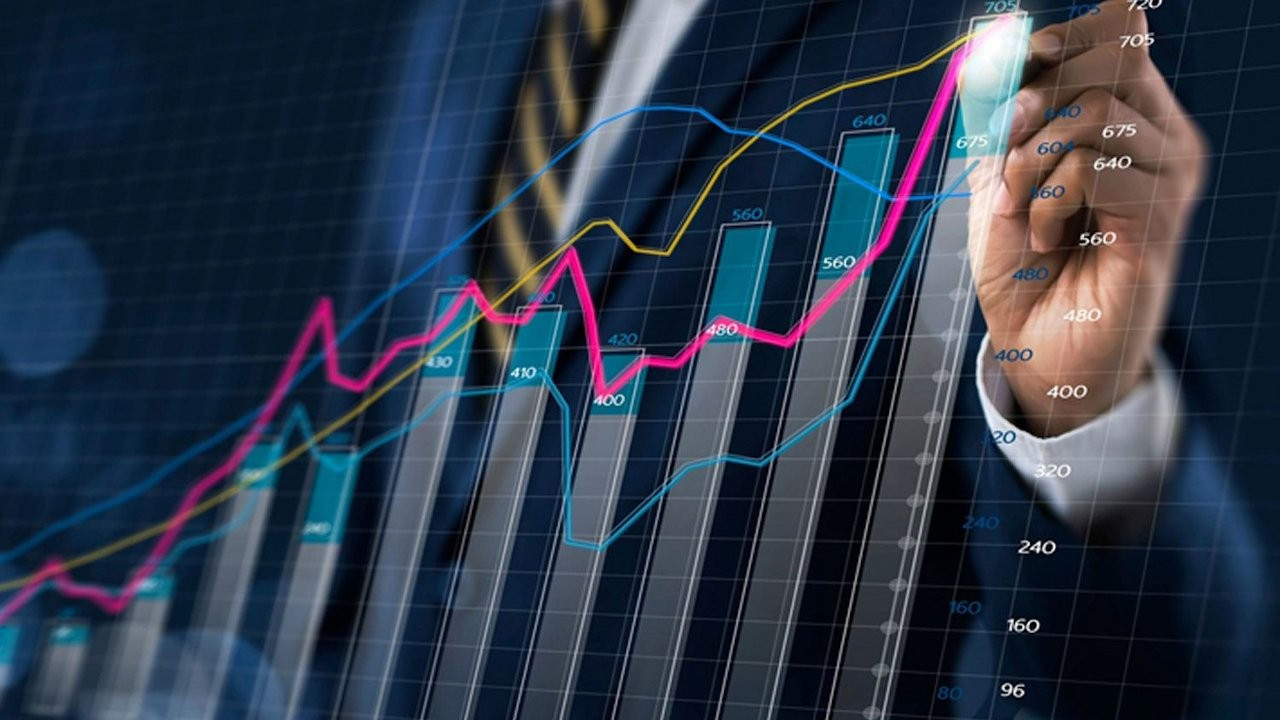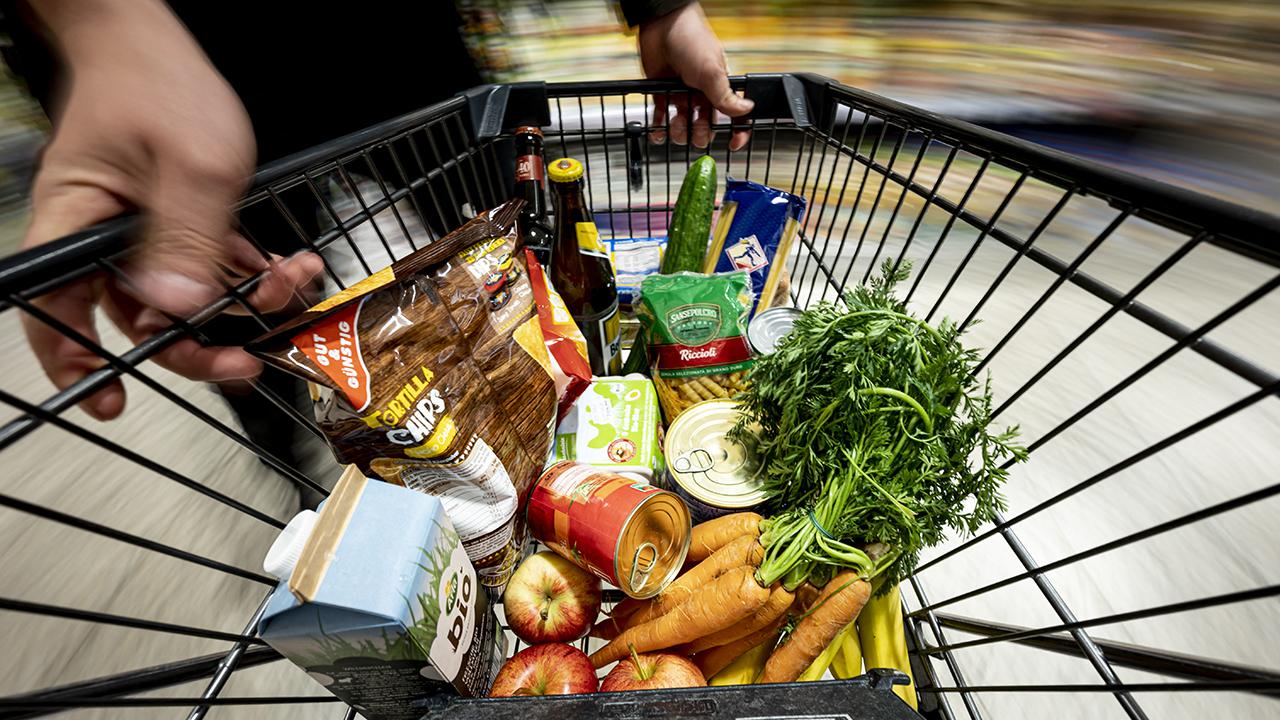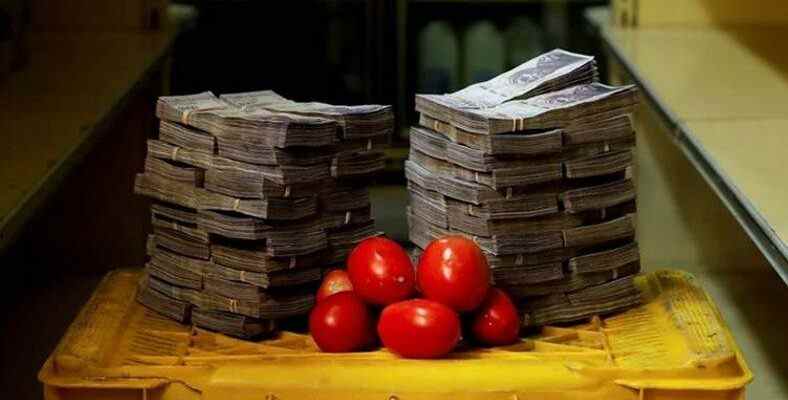Especially after the pandemic period, inflation rose rapidly both in the world and in our country and the purchasing power of the people decreased. Inflation, which basically means the depreciation of the currency in use, is a situation that affects the economic structure of the country in general. Let’s take a closer look at questions such as what is inflation and why it rises.
The economy is a field with extremely delicate balances. Even when everything seems fine, it can suddenly turn upside down. For example, while the negative effects of the pandemic have almost come to an end all over the world, strangely, we see that inflation has increased at different rates all over the world, especially in our country. Inflation, in its most basic sense, means the decrease in the value of money and the purchasing power of the people.
The actions of the political power that governs the countries, of course, affect the economy and inflation, but the institutions that should control this situation all over the world are the central banks. Even if the citizens do their best, state institutions should intervene in the inflation balance, since a much larger economic structure is mentioned. Bride What is inflation, why is it rising? Let’s take a closer look at the frequently asked questions.
What is inflation, why does it rise, what are its types?
Let’s start with the basics, what is inflation?
In its most basic definition, inflation is is the decrease in the purchasing power of the currency in use in that country. This decline over time is revealed by examining the prices of a basket of certain goods and services. It is expressed as a percentage. An increase in the inflation percentage means that the currency has a much lower purchasing power compared to the previous period.
Inflation is much more than just a price increase for a few products. for people to continue their daily lives. They have some basic needs like food, fuel and so on. Along with these basic needs, there are also different products that affect the service sector. According to the results of an evaluation made on the prices of all these, if the prices are much higher than the previous period and the purchasing power of the people has decreased, here is inflation.
There are many different needs of people such as grain, metal, fuel, electricity, transportation, health and entertainment among the products and services whose prices are examined by adding them to the inflation basket. As the currency in question depreciates public access to these products and services is reduced. As a result, the economic growth of that country and even other countries with which it has economic relations is adversely affected. In other words, inflation is not only the decrease in the purchasing power of the people, but also the slowdown or even stopping of the economic growth of that country.
What are the types of inflation?
- Demand pull inflation
- Cost push inflation
- Internal inflation

Demand pull inflation:
Demand pull inflation, also known as the demand pull effect, is the increase in the money and credit supply in the market. overgrow the economy result arises. Each producer has a certain production capacity and a certain demand of the public. If there is an abundance of money and production grows faster than its economic capacity, price increases will occur.
In other words, just as little money in the market, too much money causes inflation. person with a lot of money positive consumer sentiment with higher spending. As demand increases, prices also increase. Since the supply-demand balance does not occur, a gap occurs. Because the economy does not accept such gaps, price increases occur.
Cost push inflation:
Cost push inflation, also known as cost inflation for short, the imbalance between the basic ingredients of the production process and the profit at the end of production. With the increase in money and credit supply, when all these are channeled into a single commodity, the economy is affected. Economic gaps occur due to the supply – demand imbalance on the commodity in question.
Money is plentiful, everyone wants to buy the same production good, but there are not enough goods. Thus, the price increases. The producer, who buys the goods expensively, has to sell the product expensively. but the consumer does not get it. The most basic example of cost inflation is oil prices. Even if you do not buy oil directly, since oil prices increase, the prices of all products that are remotely related to oil increase.
Internal inflation:
A form of internal inflation, also called built-in inflation. vicious circle possible to say. In the process of high inflation, people think that this economic situation will always continue in this way, and therefore the manufacturer makes a hike in their products, while the workers demand higher wages.
For the moment, a measure against inflation, to maintain the standard of living. Although it seems like a necessary increase This situation causes inflation to continue and even increase. If everyone has more money, the price of goods and services will increase. This situation, known as the wage-price spiral, constantly triggers each other. This situation, in which the reverse is also true, creates a vicious circle.
Why does inflation rise? Reasons:

- Government printing and distributing money
- Legal depreciation of tender currency
- Borrowing money from banks’ reserves by purchasing government bonds
These are the three most common causes of inflation. Since it’s a bit complicated, let’s summarize, The main cause of inflation is the increase in the money supply. In other words, the more the same currency in the market, the lower the purchasing power of that currency, which causes inflation. It is the monetary authorities of that state that increase the money supply.
RELATED NEWS
What Happens If Inflation Is 0% In Turkey?
How is inflation calculated?

Inflation is found as a percentage as a result of calculating the price index variables by collecting the selected goods and services in a basket at that time. bimonthly, annually or in different periods inflation can be calculated. While calculating inflation, index types such as consumer price index, wholesale price index, producer price index can also be taken as a basis. To give a general formula for calculating inflation;
- Percentage Inflation Rate = ( Final Consumer Price Index Value / Initial Consumer Price Index Value ) x 100
This is the basic methodological formula applied to calculate inflation. You can also find many inflation calculators on the Internet. Of course, this procedure values that are considered correct for the moment done over. If the consumer price index value is as explained, this formula will give correct results.
Advantages and disadvantages of inflation:

Inflation is generally considered a bad economic situation, but there are some exceptions. For example, if you have a property or stock that is priced in your own currency, you may be affected by inflation. You can sell with a much higher profit rate. Inflation is also advantageous for people who speculate in order to make high profits on company shares.
Of course, when we put our hands on our conscience, we should say that inflation is only a disadvantage. Who wants the purchasing power of money to decrease? The fact that product X, which was bought for 10 units a month ago, is 50 units this month does not satisfy either the consumer or the producer. Because even if the consumer’s salary and the producer’s income seem to increase, there is always a loss because the expenditures increase at the same or even higher rate.
It is an economic situation that deeply affects our country and the world. what is inflation, why does it rise, what are its types We answered the frequently asked questions and talked about the details you need to know about the subject. One last sentence; Don’t be hopeless, what we’ve been through.
